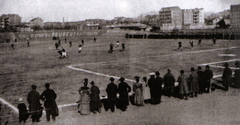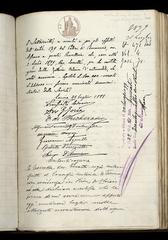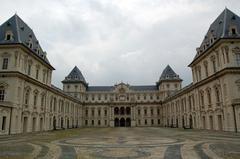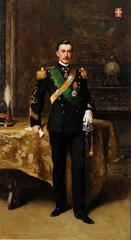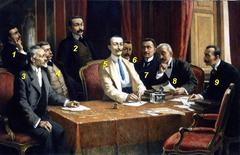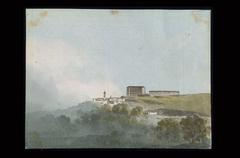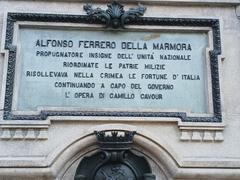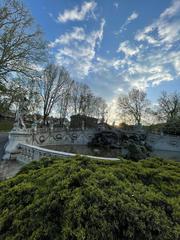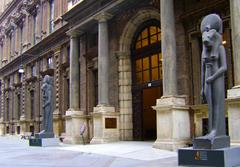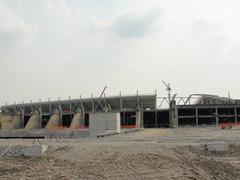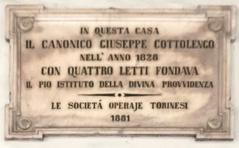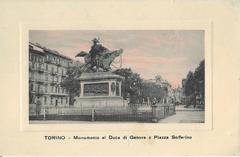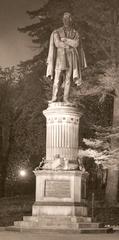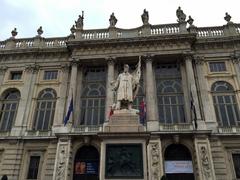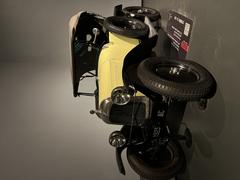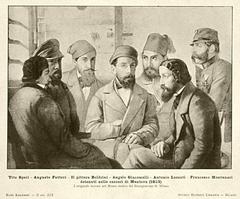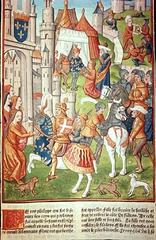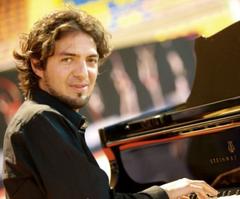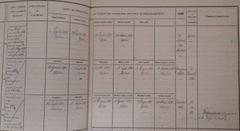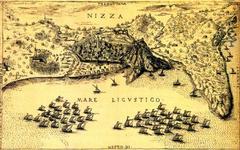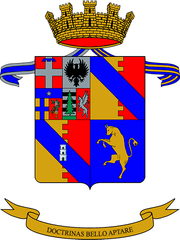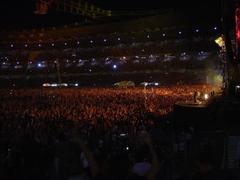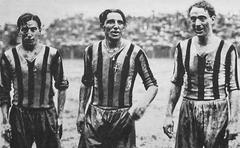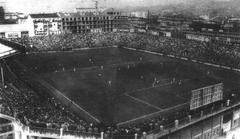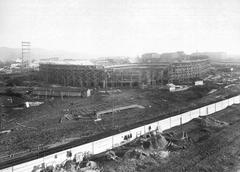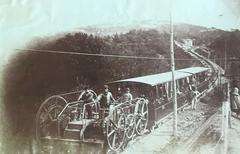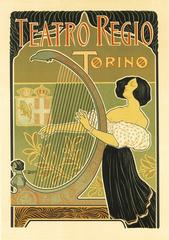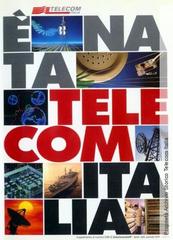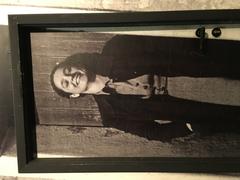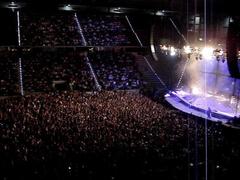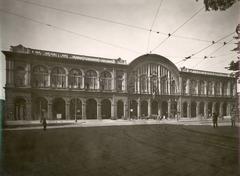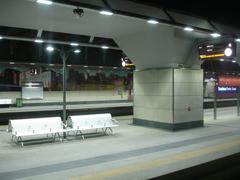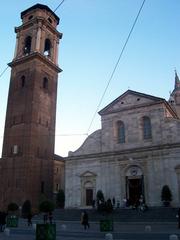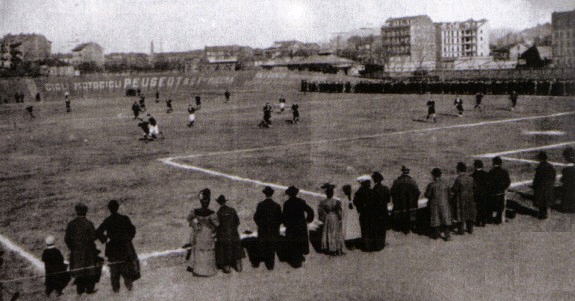
Velodrome Humbert I: Visiting Hours, Tickets, and Tour Guide in Turin, Italy
Date: 15/06/2025
Introduction
The Velodrome Humbert I (Velodromo Umberto I) in Turin is a landmark that encapsulates the city’s innovative approach to sports, architecture, and urban development. Established in 1895 and named after King Umberto I, it was Italy’s first major cycling track and a pioneer in multi-use sports venues. While the original structure no longer exists, its legacy endures through commemorative sites within Parco del Valentino, museum exhibitions, and guided tours. This guide offers a comprehensive overview of the velodrome’s history, cultural significance, visitor information, and tips to fully experience this iconic Turin landmark (Museo Torino, Turismo Torino, Architettura Torino).
Historical Overview
Origins and Construction
Constructed in 1895, the Velodrome Humbert I was a testament to late 19th-century Turin’s modernization. Its 400-meter wooden track, set in the picturesque Parco del Valentino, marked a new era for Italian sport. The velodrome was strategically located in a central park, making it accessible for locals and visitors alike, and quickly became the heart of cycling in Italy (Museo Torino).
Role in Early Italian Sports
Beyond cycling, the velodrome hosted athletics, football, and early automobile exhibitions, symbolizing Turin’s dynamic embrace of new sports. It was the site of the Italian Track Cycling Championships and the historic 1909 Giro d’Italia, drawing elite athletes and large crowds (Turismo Torino).
Architectural Significance
The venue’s design was groundbreaking: a banked wooden track for speed, iron-and-wood grandstands, and integrated amenities for athletes and spectators. Its placement in Parco del Valentino influenced future Italian sports venue design, promoting recreational public spaces (Architettura Torino).
Major Events and Legacy
The velodrome was pivotal in Italian cycling, hosting national and international events, including the 1934 UCI Track Cycling World Championships. It also played a role in Turin’s social life, accommodating public celebrations and gatherings. Although the original structure was eventually dismantled due to urban redevelopment, its impact on urban planning and sporting culture is enduring (Giro d’Italia History).
Visiting Velodrome Humbert I: Practical Information
Location and Access
The historic site is located within Parco del Valentino, a central green space in Turin. It is accessible daily, year-round, from 6:00 AM to 10:00 PM. The park is well-served by public transport, including buses and the Turin metro system. The area is pedestrian-friendly and equipped for people with disabilities.
Tickets and Opening Hours
- Park Entry: Free, no ticket required.
- Museum Exhibitions: Related exhibitions at Museo dello Sport and Museo Nazionale del Cinema require tickets; check museum websites for current prices and hours (Museo dello Sport).
- Guided Tours: Offered by local tourism offices and cultural organizations; prices and availability vary.
Getting There
- Public Transport: Metro stations such as ‘Marconi’ and various bus lines serve Parco del Valentino.
- Parking: Limited; public transport is recommended.
Visitor Experience
Site Features
While the original velodrome structure no longer stands, commemorative plaques and interpretive signage mark the historic location within Parco del Valentino. The surrounding park provides benches, walking paths, and scenic areas for relaxation and photography.
Accessibility
- Mobility: Paved, wheelchair- and stroller-accessible paths.
- Facilities: Accessible restrooms available in the park and museums.
Guided Tours and Events
- Guided Walks: Focus on the velodrome’s history and Turin’s sporting legacy; check with local tour operators.
- Special Events: Parco del Valentino hosts sports and cultural events throughout the year, some highlighting the velodrome’s heritage.
Nearby Attractions
Enhance your visit by exploring:
- Medieval Village and Botanical Gardens within Parco del Valentino.
- Museo Nazionale del Cinema and Museo Egizio for cultural enrichment.
- Mole Antonelliana and Piazza San Carlo for architectural highlights.
Notable Figures and Urban Impact
Prominent cyclists like Giovanni Gerbi and Costante Girardengo began their careers at Velodrome Humbert I, boosting the sport’s popularity in Italy (Cycling Archives). King Umberto I’s support symbolized royal endorsement of sports and public works.
The velodrome’s integration into Parco del Valentino inspired other Italian cities to blend sports facilities with green spaces, influencing urban development and public recreation for generations (Architettura Torino).
Research and Educational Value
Extensive documentation exists in municipal archives and museums. Researchers and students can access photographs, architectural plans, and historical accounts to study the venue’s role in Turin’s evolution (Museo Torino). Educational programs and guided visits further enrich the learning experience.
Frequently Asked Questions (FAQ)
Q: What are the visiting hours for the Velodrome Humbert I site?
A: The site is within Parco del Valentino, open daily from 6:00 AM to 10:00 PM. Park entry is free.
Q: Are tickets required to visit the velodrome site?
A: No ticket is needed for the park. Museum exhibitions related to the velodrome require tickets.
Q: Is the site accessible for people with disabilities?
A: Yes, with paved paths and accessible facilities.
Q: How can I reach Velodrome Humbert I by public transport?
A: Take Turin’s metro (e.g., Marconi station) or buses to Parco del Valentino.
Q: Are guided tours available?
A: Yes, through local tourism agencies and cultural organizations.
Q: What other attractions are nearby?
A: The Medieval Village, Botanical Gardens, Mole Antonelliana, and several museums.
Tips for Visitors
- Arrive early to enjoy quiet park hours and avoid crowds at museums.
- Combine your visit with a stroll along the Po River or a trip to nearby museums and cafes.
- Seasonal considerations: Turin’s mild spring and autumn are ideal for outdoor exploration; summers can be hot, and winters chilly.
- Use public transport for convenience and sustainability.
Conclusion
Though the original Velodrome Humbert I has faded into Turin’s history, its spirit lives on through the city’s parks, museums, and cultural initiatives. A visit offers a deep dive into the roots of Italian cycling, the evolution of modern sports venues, and Turin’s ongoing commitment to accessible public spaces. Whether you’re a sports enthusiast, history lover, or traveler seeking Turin’s hidden stories, exploring the velodrome site and its surroundings is a rewarding experience.
Plan Your Visit
For up-to-date opening hours, ticket prices, and event schedules, consult the official pages for Turismo Torino, Museo dello Sport, and Museo Torino.
Download the Audiala app for interactive maps, guided tours, and exclusive content on Turin’s landmarks. Follow local tourism platforms and Audiala on social media for the latest news and travel inspiration.
Sources
- Museo Torino: https://www.museotorino.it/view/s/6e7e7e7e7e7e7e7e7e7e7e7e7e7e7e7e7e7e
- Turismo Torino: https://www.turismotorino.org/en
- Architettura Torino: https://www.architetturatorino.it/velodromo-umberto-i/
- Museo dello Sport: https://www.museodellosport.it/
- Cycling Archives: https://www.cyclingarchives.com/
- Giro d’Italia History: https://www.giroditalia.it/en/history/
